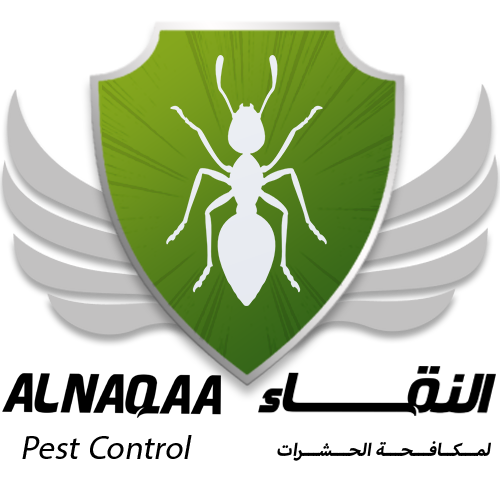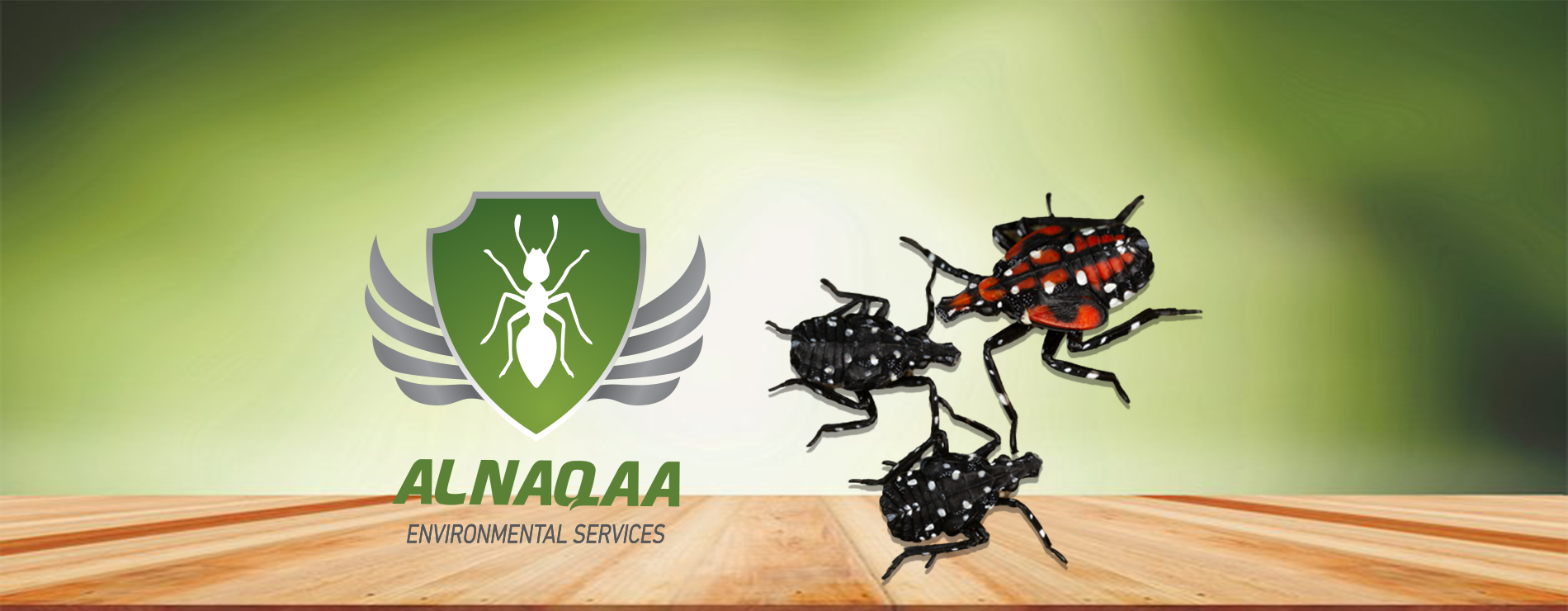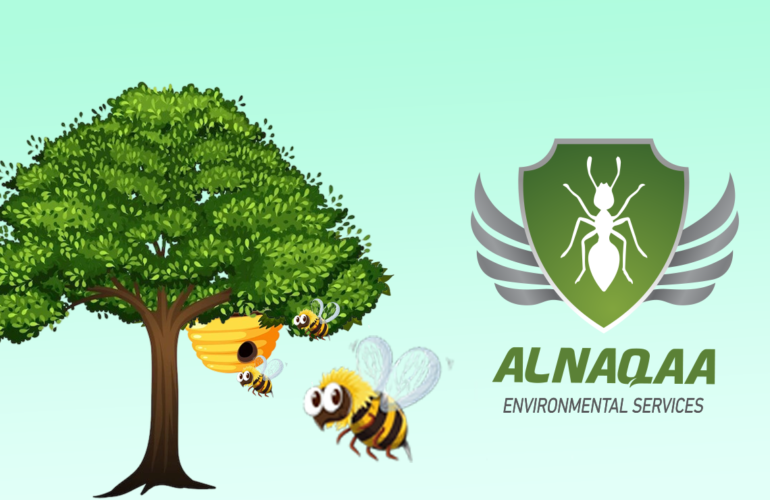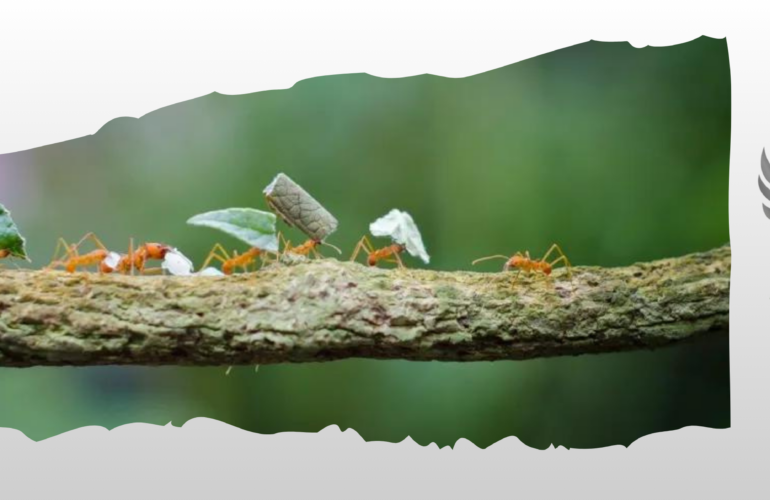Parental care in insects
Alnaqaa for environmental services- Ras Al Khaimah-United Arab Emirates is eager to show the fascinating insect behavior of parental care!
Parental care in insects refers to the behaviors and strategies employed by insect parents to ensure the survival and well-being of their offspring. While parental care is more commonly observed in vertebrates, certain insect species also exhibit various forms of parental care, which can influence their population dynamics and potentially be utilized in insect pest management. Here are some examples of parental care in insects and how they can be used in insect pest management:
1. Provisioning: Some insects provide food resources for their offspring. For example, female wasps or bees may lay their eggs in a host organism, along with a food supply such as paralyzed insects or nectar. By utilizing this behavior, researchers have developed techniques such as “host manipulation” to control insect pests. This involves rearing and releasing parasitic wasps that target specific pest species, providing an alternative biological control method.
2. Nest construction: Insects like ants and termites construct elaborate nests that provide protection and suitable microenvironments for their offspring. Understanding the nesting behavior of pest species can help identify and disrupt their breeding sites. For instance, locating and destroying termite colonies can be an effective approach to managing termite infestations.
3. Defense behavior: Some insects exhibit defensive behaviors to protect their offspring. For instance, certain beetles may secrete toxic chemicals to deter predators or parasites. By studying these defensive mechanisms, researchers can potentially develop biopesticides or repellents to control insect pests.
4. Brood guarding: Insects like bugs and beetles may guard their eggs or young nymphs, offering protection from predators or adverse environmental conditions. Identifying and targeting the vulnerable stages of insect pests, such as their eggs or early instar nymphs, can disrupt their life cycle and reduce population growth.
5. Social cooperation: Insects such as ants, bees, and termites exhibit advanced forms of social cooperation, where individuals work together to care for the brood and defend the colony. This social organization can be exploited for pest management. For example, baits can be used to deliver toxic substances to ant colonies, leading to their eradication.
It’s important to note that while some aspects of insect parental care can be utilized in pest management, the effectiveness of these strategies may vary depending on the specific pest species and the ecological context. Additionally, the implementation of such approaches often requires a thorough understanding of the target insect’s biology and behavior. Therefore, further research and experimentation are necessary to develop practical and effective pest management techniques based on insect parental care.
Here are a few examples of insects that exhibit extended parental care:
1. Dung Beetles (Family Scarabaeidae): Many species of dung beetles exhibit extended parental care. After a female dung beetle lays her eggs in a dung ball, she buries it and protects the developing larvae. The female may remain near the burrow, guarding it against potential threats and ensuring a safe environment for the offspring. She also assists in provisioning the larvae with food by rolling additional dung balls into the burrow.
2. Earwigs (Order Dermaptera): Female earwigs are known for their maternal care behaviors. Once the eggs are laid, the female remains close to the clutch and guards it from predators. She also actively tends to the eggs, often using her mouthparts to clean and arrange them. After hatching, the mother continues to provide care to the nymphs, defending them and assisting in feeding until they become independent.
3. Giant Water Bugs (Family Belostomatidae): Female giant water bugs are notable for their extended parental care. They lay their eggs on the backs of males, who carry them until they hatch. The male protects the eggs, guarding them from predators and maintaining suitable oxygen levels by periodically exposing them to the water’s surface.
4. African Cichlid Fish (Genus Tilapia): While not insects, African cichlid fish provide an interesting example of extended parental care. The female cichlid guards the eggs and fry (young fish) after they hatch. She protects them from predators, helps them find food, and guides them to suitable shelter. The female’s presence significantly increases the survival rate of the offspring.
5. Giant Water Striders (Family Gerridae): Female giant water striders lay their eggs on emergent vegetation above water bodies. After laying the eggs, the female guards them from potential threats, such as predators or parasitic wasps. She also remains nearby to provide protection and assistance to the hatching nymphs, guiding them to safety on the water’s surface.
These examples highlight the diverse ways in which different insect species exhibit extended parental care, demonstrating the investment and dedication of the parents in ensuring the survival and success of their offspring beyond the initial stages of development.
Here are a few more examples of insects that exhibit extended parental care:
1. Termites (Order Isoptera): Termites are social insects that exhibit various forms of extended parental care. The queen termite lays eggs and is attended by worker termites who provide continuous care to the developing offspring. The workers feed and groom the young, maintain the nest structure, and protect the colony from predators and environmental stressors.
2. Burrowing Bees (Family Apidae): Some species of burrowing bees exhibit extended parental care. The female bee constructs underground nests and provisions them with a mixture of pollen and nectar. She lays her eggs on the provisions and seals the nest. After hatching, the bee larvae feed on the stored provisions until they complete their development. The female bee may guard the nest and protect it until the offspring emerge as adults.
3. Webspinners (Order Embioptera): Webspinners are small, wingless insects that construct silk galleries in which they live. Female webspinners exhibit extended maternal care by remaining with their offspring within the silk galleries. They defend the galleries, maintain them, and assist in feeding the young. This extended care ensures the survival and development of the offspring until they become independent.
4. Cockroaches (Order Blattodea): Some species of cockroaches display extended maternal care. The female cockroach carries the eggs in an egg case (ootheca) attached to her abdomen until they are ready to hatch. She provides protection and ensures favorable conditions for the developing embryos. After hatching, the female may continue to provide care and protection to the nymphs.
5. Earwigflies (Order Mecoptera): Earwigflies are a group of insects that exhibit extended parental care. The female earwigfly lays her eggs in burrows or crevices in the soil. She guards the eggs, providing protection and maintaining suitable humidity levels. After hatching, the female continues to provide care for the young larvae, supplying them with food and defending them.
These additional examples demonstrate the diversity of insects that exhibit extended parental care, highlighting the range of strategies and behaviors employed to ensure the survival and successful development of their offspring.






